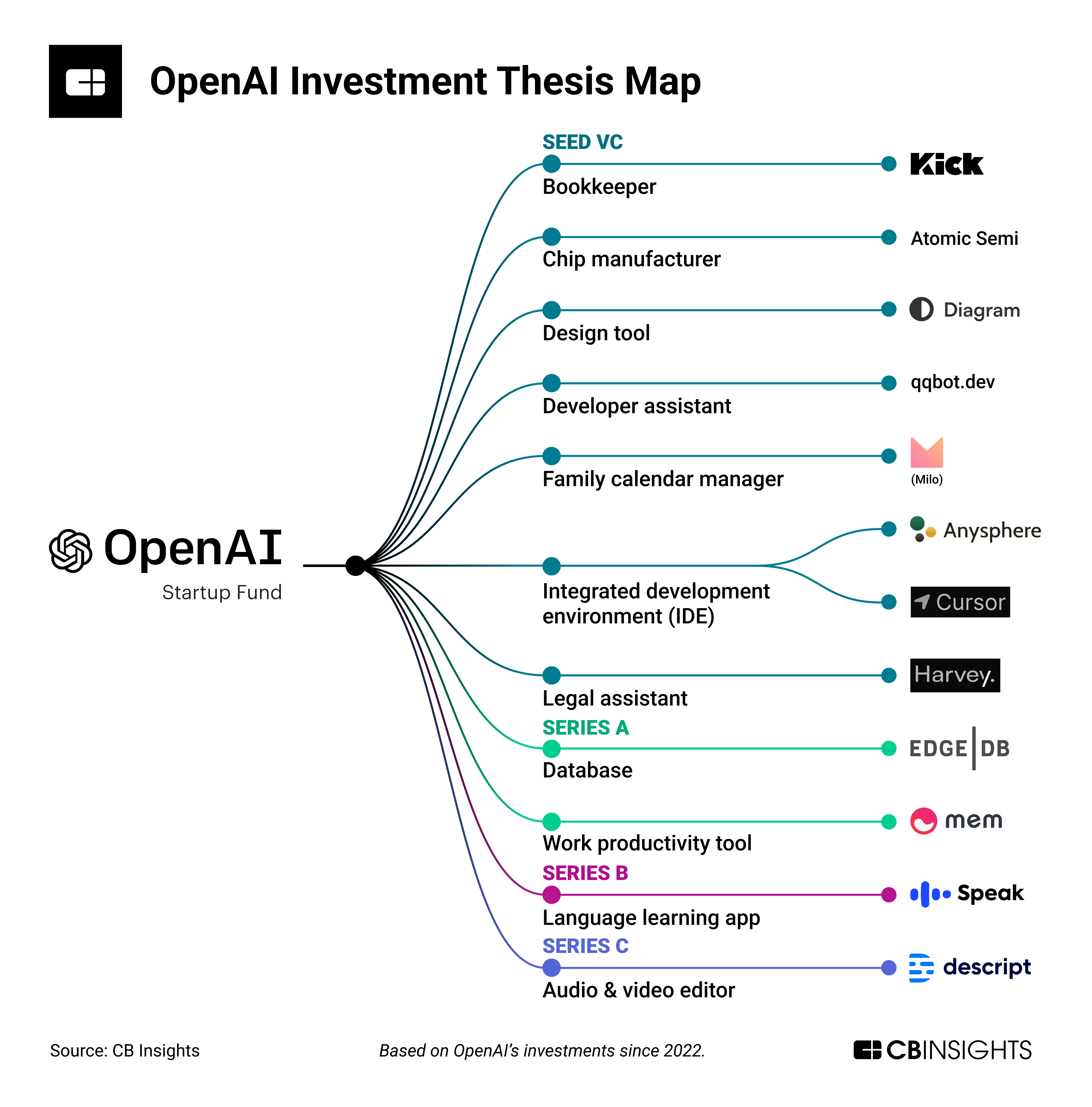Build Voice Assistants With Ease: OpenAI's Latest Tools

Table of Contents
OpenAI's APIs for Streamlined Voice Assistant Development
OpenAI offers a suite of powerful APIs that dramatically simplify the process of building voice assistants. These APIs handle the heavy lifting of speech-to-text conversion, natural language understanding (NLU), and text-to-speech, allowing developers to focus on the unique features and functionality of their applications. Key APIs include:
-
Whisper API: This robust API provides highly accurate and efficient speech-to-text conversion. Whisper's multilingual capabilities are impressive, supporting a wide range of languages and accents, making it incredibly versatile for building globally accessible voice assistants. Its ability to handle noisy audio and various speech patterns adds to its robustness. For example, you can easily integrate Whisper to transcribe user voice input, converting spoken words into text that your AI voice assistant can then process.
-
GPT-3 and other language models: OpenAI's large language models, such as GPT-3, GPT-4, and others, are crucial for the NLU component of your voice assistant. These models excel at understanding the nuances of human language, interpreting user intent, and generating relevant and coherent responses. You can integrate these models to analyze the transcribed text from Whisper, identify user intents (e.g., setting a reminder, playing music, answering a question), and formulate appropriate responses. Effective integration involves careful prompt engineering to guide the model towards desired outputs.
-
Text-to-speech APIs: While not explicitly an OpenAI API, seamless integration with third-party text-to-speech APIs is essential to complete the voice assistant loop. This converts the text generated by the language model back into natural-sounding speech, allowing your voice assistant to communicate effectively with the user. Connecting these services smoothly ensures a fluid user experience.
Simplifying Natural Language Understanding (NLU) with OpenAI
Natural Language Understanding (NLU) is the core of any successful voice assistant. It's the process of enabling your assistant to comprehend the meaning and intent behind user utterances. OpenAI simplifies this complex task significantly:
-
Intent Recognition: OpenAI's language models can effectively identify the user's intention from their voice commands. For example, a command like "Set a reminder for tomorrow at 10 AM" has the clear intent of setting a reminder. The model distinguishes this from a request like "What's the weather forecast?" which has a different intent. Fine-tuning these models on specific datasets can significantly improve their accuracy in recognizing intents within your application's context.
-
Entity Extraction: Extracting key information (entities) from user queries is critical. In the reminder example, "tomorrow" and "10 AM" are crucial entities. OpenAI's models can identify and extract these entities, enabling your voice assistant to accurately fulfill the user's request. This process often involves using named entity recognition (NER) techniques.
-
Dialogue Management: Building engaging conversations requires managing the flow of dialogue. OpenAI's models enable you to build conversational flows that handle multiple turns, maintaining context and providing relevant responses throughout the interaction. This is crucial for creating more natural and human-like interactions.
Handling Context and Maintaining Conversations
Building truly conversational AI requires handling context across multiple turns in a conversation. OpenAI's models offer capabilities to:
-
Maintain Context: By effectively managing context, the voice assistant remembers previous interactions, allowing for a more natural and coherent conversation. This involves techniques like dialogue state tracking.
-
Dialogue State Tracking: This process tracks the current state of the conversation. For instance, if the user is booking a flight, the system remembers the destination, dates, and other relevant information from previous turns. OpenAI's models can be leveraged to implement sophisticated dialogue state tracking, leading to more effective conversational AI.
Cost-Effective Development and Scalability with OpenAI
Using OpenAI's tools offers significant cost advantages:
-
Pay-as-you-go model: The pay-as-you-go pricing structure means you only pay for the resources you consume, making it ideal for projects of all sizes. This allows for efficient cost management.
-
Scalability: OpenAI's APIs are designed for scalability. As your user base grows, you can easily handle increased traffic and requests without significant infrastructure changes. This eliminates the need for large upfront investments.
-
Reduced Development Time: By abstracting away the complexities of speech recognition, NLU, and other components, OpenAI's tools significantly reduce development time and resources compared to traditional methods. This speeds up time to market and reduces overall costs.
Conclusion
OpenAI's latest tools have democratized voice assistant development, making it accessible to a wider range of developers. By leveraging powerful APIs like Whisper and GPT-3, developers can build sophisticated voice assistants with significantly reduced effort and cost. The ease of integration and scalability offered by OpenAI's platform further enhance its appeal.
Call to Action: Ready to build your own innovative voice assistant with ease? Explore OpenAI's powerful tools and start building your next-generation voice assistant today! Learn more about OpenAI's API and start building your voice assistant project now.

Featured Posts
-
 Mena Lw Ansf Alqwmu Fy Syaq Dhkra Alastqlal
May 30, 2025
Mena Lw Ansf Alqwmu Fy Syaq Dhkra Alastqlal
May 30, 2025 -
 A69 L Etat Saisit La Justice Pour Relancer Le Chantier Apres Son Annulation
May 30, 2025
A69 L Etat Saisit La Justice Pour Relancer Le Chantier Apres Son Annulation
May 30, 2025 -
 Englands Summer Heat 311 Fatalities Demand Stronger Heatwave Response
May 30, 2025
Englands Summer Heat 311 Fatalities Demand Stronger Heatwave Response
May 30, 2025 -
 Constitutional Questions Raised In Competition Bureaus Case Against Google
May 30, 2025
Constitutional Questions Raised In Competition Bureaus Case Against Google
May 30, 2025 -
 London Kasper Dolberg En London Klub Viser Interesse
May 30, 2025
London Kasper Dolberg En London Klub Viser Interesse
May 30, 2025
